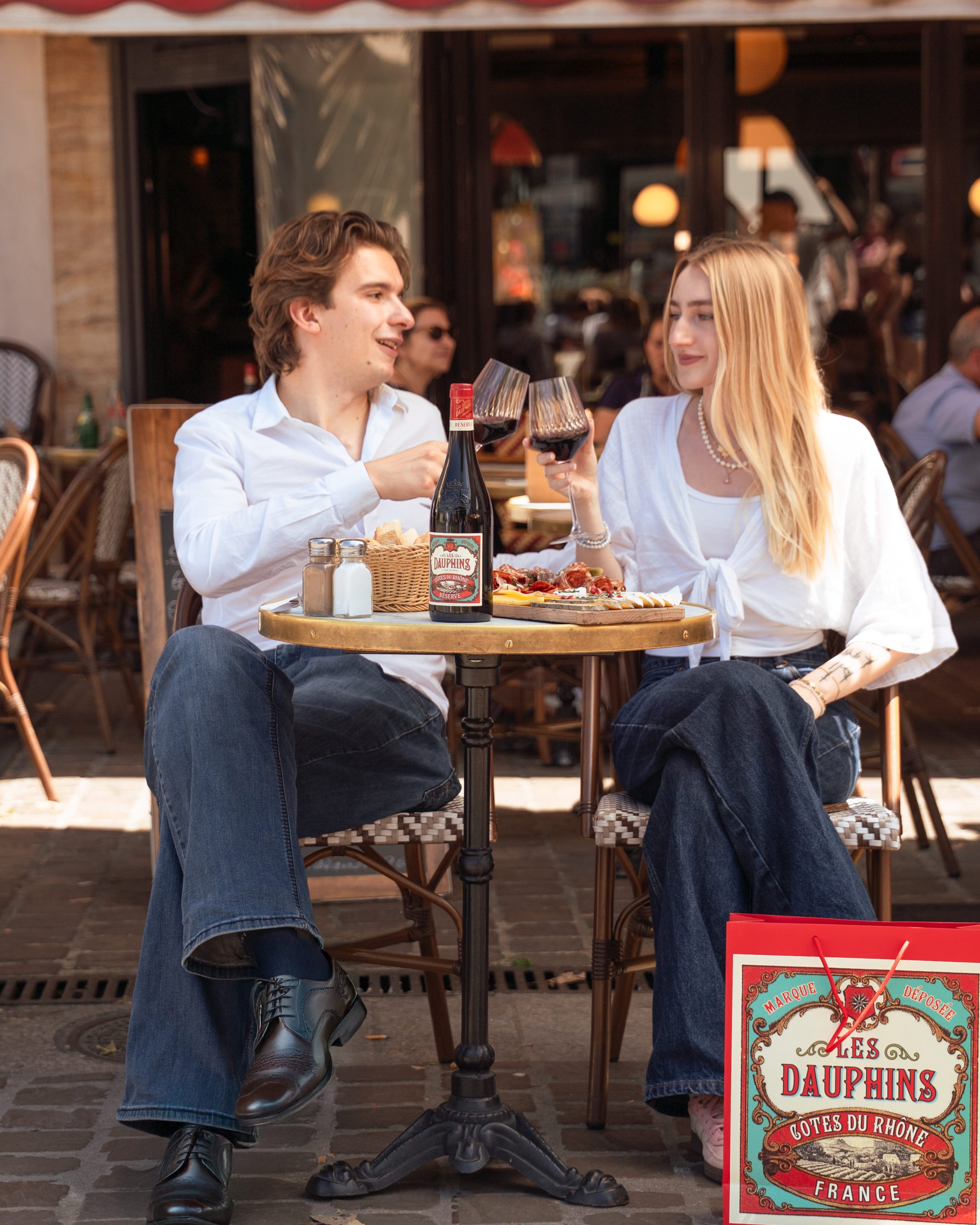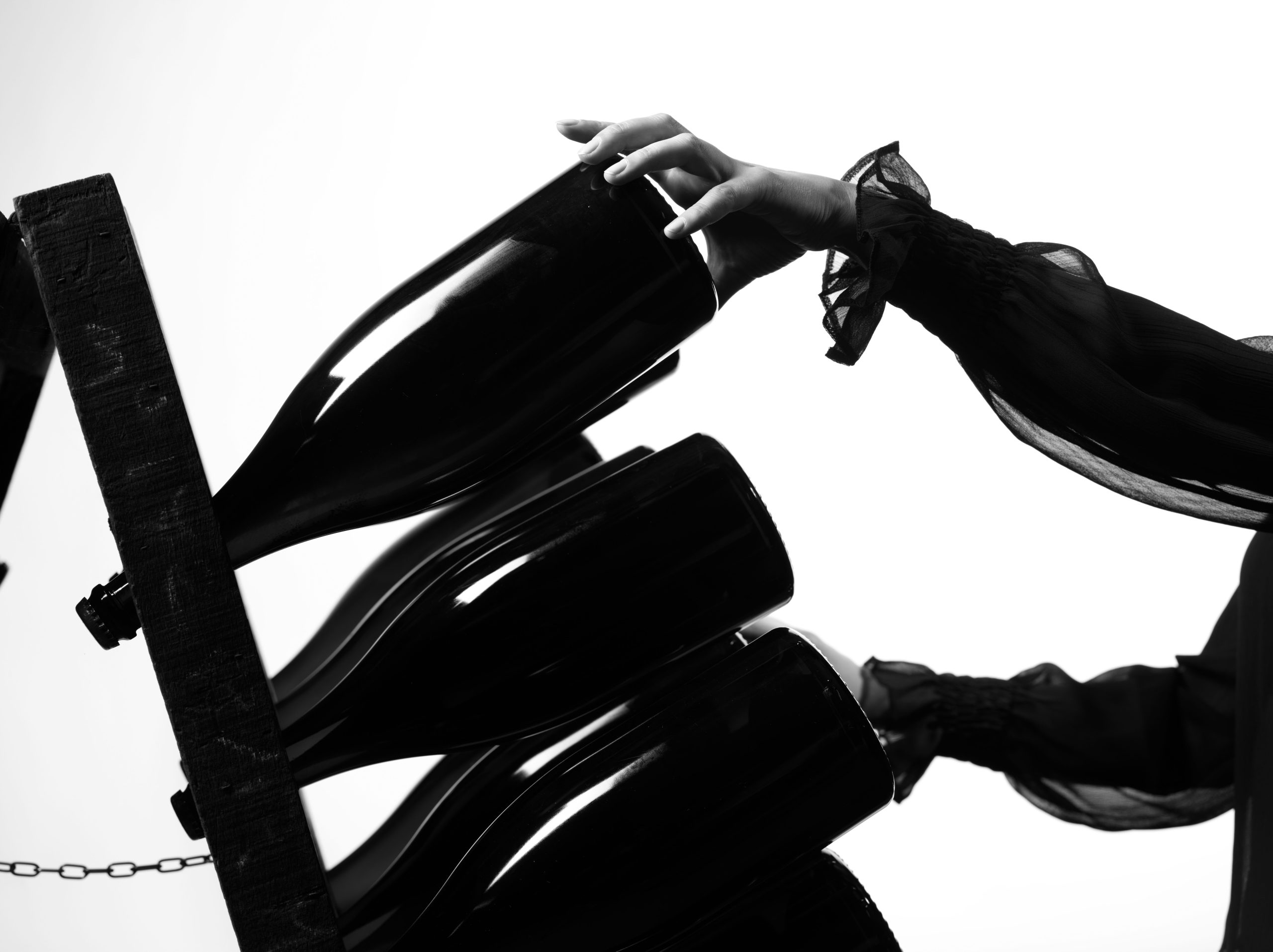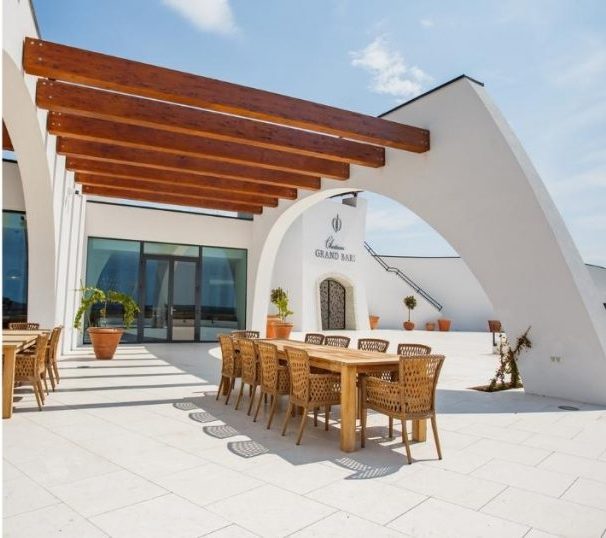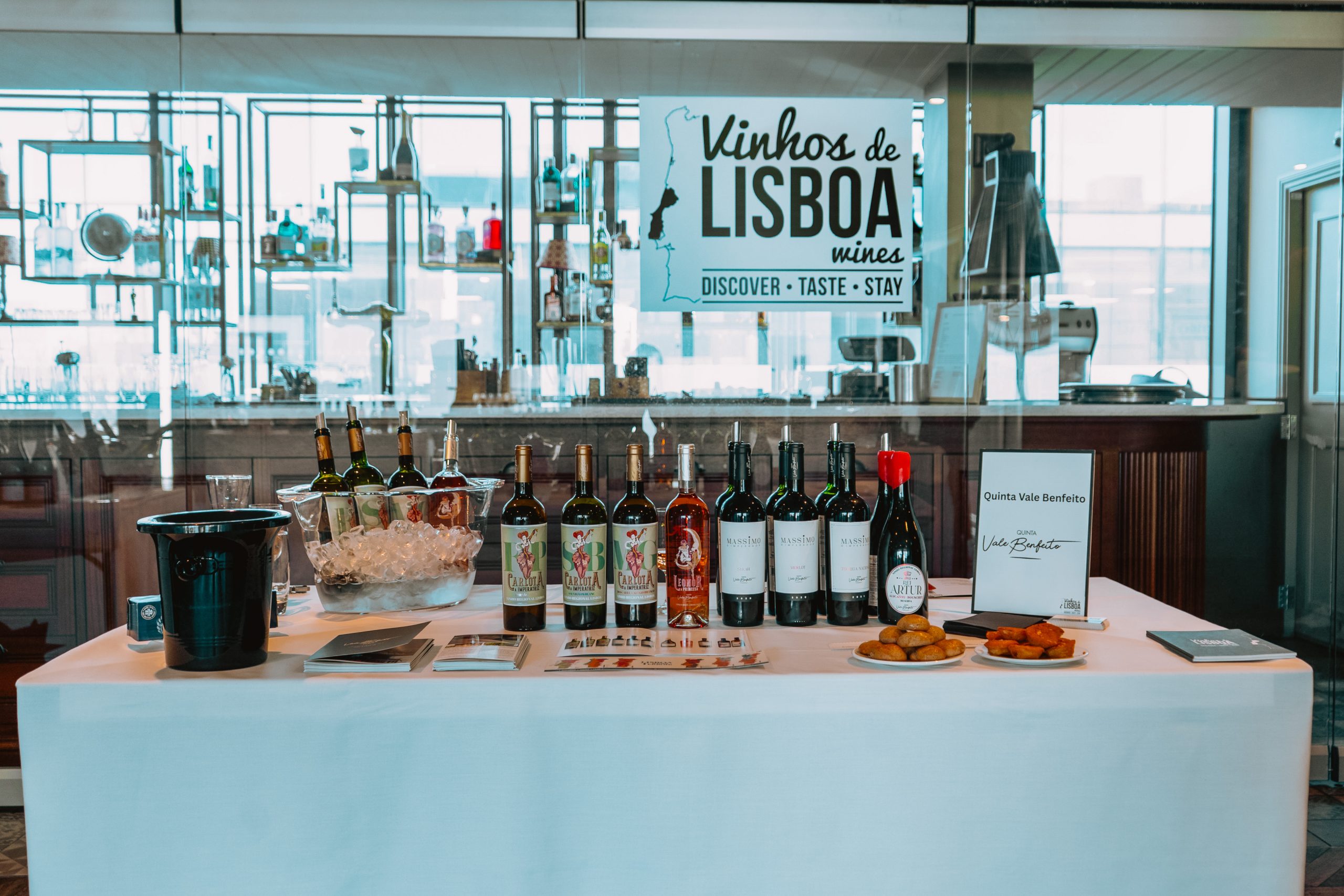Analysis: Finding the value of whisky
Spiros Malandrakis, senior analyst at Euromonitor International, highlights the reasons behind the huge value sales of the biggest whisky brands in the world.
It has been a tumultuous couple of years for the whisky category in all its guises, price points, age (and non-age) statements and controversial – albeit largely successful – attempts to expand its core demographics.
While the overall narrative could be summarised as a dark spirits tide raising all sub-segments’ boats, it has been Bourbon’s and Irish varietals’ explosive momentum that has been the most widely covered, dissected and analysed. Almost as much, in fact, as Scotch whisky’s relative demise under the weight of its strategic overreliance on the faltering emerging market mantra.
But beyond top line category dynamics, interlinked or viciously competing segments and the on-going debate on the merits -and limits- of innovation, which are the brands whose long shadow towers over the entire whiskey category?
Who holds the cask throne?
When analysed through a volume perspective, the industry’s default option, the top brands are only providing part of the category’s narrative. In other words, big volume does not mean big value and it can translate, in fact, in quite the opposite. Within that context, it should come as no surprise that Officer’s Choice, an affordable, “other whiskey” brand primarily focused on India is toping the global volume rankings.
But Euromonitor International’s latest research now also provides the value side of the story. According to that, the proverbial cask throne undisputedly belongs to Johnnie Walker. Accounting for more than US$10 billion (£6.37bn), Johnnie Walker is enjoying the advantage of both geographical and portfolio diversification, with higher-end variants securing the critical mass necessary for occupying the top slot across whiskies.
Partner Content
Second place is taken by Jack Daniels which, at more than US$5 billion (£3.2bn), represents the increasingly more dynamic Bourbon segment while its high energy, on-trade friendly associations and more casual character are fuelling its relevance across a very wide spectrum of markets.
Third place is held by another Scotch representative, Chivas Regal, accounting for $US 3.5bn and currently facing the inevitable hiccups stemming from its overreliance on Asian markets – and China in particular – through a series of higher end and luxury varietals.
Ballantine’s, roughly accounting for the same sales, comes in 4th place followed by Jameson at close to US$3bn (£2.2bn). Jameson, not merely a representative of the booming Irish whiskey segment but rather the flag-bearer, driver and primary benefactor of its trajectory is also expected to be the most likely to climb upwards in the rankings in the short-to-medium term.
As the battle amongst the whisky segments heats up, its important to maintain a sense of perspective. And while volume metrics will always provide a solid base for insights, value figures are becoming ever more essential in the category’s quest for value.
For further insight, please contact Spiros Malandrakis, Alcoholic Drinks Analyst at Euromonitor International, on spiros.malandrakis@euromonitor.com





I hear a lot about premium and super-premium whiskies and I have never been able to find anything that defines a whiskey in these classes. Is there specific requirements by law for these whiskies that puts them in either category? Is it price? Please help me out because I am having a hard time in my research